Oil on canvas representing a small port with fishermen -
Beautiful work by the painter Alfonso Muzii (1856-1946)
frame size 195x145 - canvas 150x100
Alfonso Muzii spent his youth in his hometown but when he chose to dedicate himself to art he had to leave Abruzzo; first at the Academy of Florence, under the direction of Stefano Ussi, then in Naples at the school of Domenico Morelli and Filippo Palizzi.
At the beginning of the 80s he frequented the Michetti convent in Francavilla with a certain assiduity, where he met all the artists who were part of it.
Francesco Paolo Michetti had great influence on him; totally fascinated by its artistic charm, he created his first works inspired by the Master's paintings.
In 1883 he was present at the Rome Exposition where he presented landscapes and faded faces of old men with a thousand subtle wrinkles and asperities, executed with strength and finesse particularly appreciated by Michetti.
It is D'Annunzio who tells us about it: "[...] notable for their sweet sobriety of color and for I don't know what sweet feeling of melancholy [...] They represented hills covered with olive trees under a sky dotted with white clouds; streets of solitary countryside between two flowering hedges; freshly plowed fields, all wet from the recent rain, long rows of tall, slender trees.." (GD'Annunzio 1887)
Between 1882 and 1884 he created important works: Giovine Mendicante, Gssaisuolo di Manoppello, Spaccalegna and Mungià.
In 1883 and 1885 he was present at the Promotrice of Naples.
In 1884 he exhibited the works Femmine di terra d'Abruzzi and Maschi di racial abruzzese in Turin.
The following year he participated in the Berlin exhibition and the Antwerp national exhibition with two landscapes on canvas.
In 1886 he sent three female portraits executed with admirable finesse to the Brera exhibition in Milan.
After exhibiting On the Shores of the Adriatic in Venice in 1887, he embarked on a journey that would lead him to stay for a few years; having returned to Europe he settled for a period in Genoa and on the Riviera di Ponente, in Milan, on the Lombardy lakes and then in Paris.
In 1893 he participated with Michetti in a Roman exhibition of Fine Arts and then exhibited again in Milan in the same year with Studio di Paese, Attesa e temptation, Bordighera, Olivo a Bordighera.
In March 1994 he took part in the Promotrice di Roma.
In 1897 he again participated in the Brera Triennale in Milan with various portraits and Ligurian and Lombard landscapes.
In 1898, he was in Turin with the Autumn; in 1901 in Florence with Studi di testa and Oliveto in Bordighera.
In 1901 he sent a pastel entitled The Two Little Sisters to Venice on the occasion of the IV International Exhibition.
From the beginning of the new century until the 1930s Alfonso Muzii settled again in Liguria and then in the Verbano area in Suna.
Alfonso Muzii returned to Abruzzo in the early 1940s, settled in Pescara, abandoned painting and locked his paintings in a dark room.
He did not sell his paintings despite numerous requests.
Despite his vast and very appreciable production, the figure of Alfonso Muzii remains unknown, it is his way of being that made official culture ignore him, despite the fact that he did not show particular detachment towards him, in fact he sent paintings to several exhibitions national and at the IV International in Venice.
His artistic research, however, fits into the broader cultural panorama of late nineteenth-century realism, of which Alfonso Muzii will give an extremely personal interpretation, made up of calm and delicate tones.
Among his most important paintings we still remember In the arms of the mother, The pretender and Spiaggia di Liguria.

























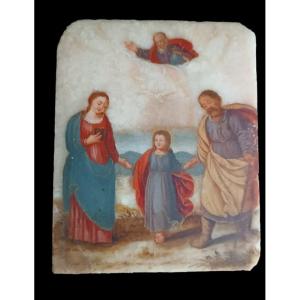




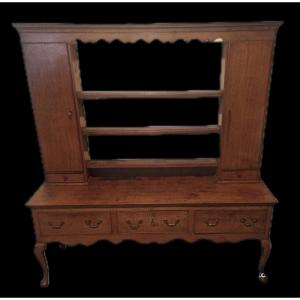


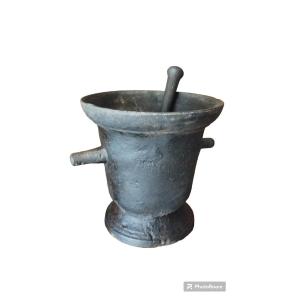

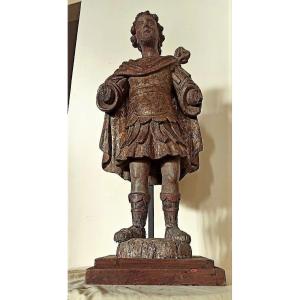
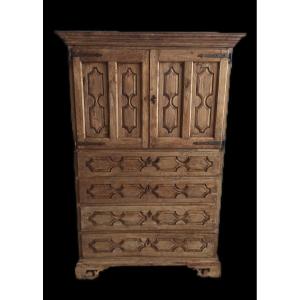


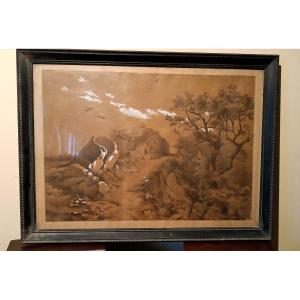


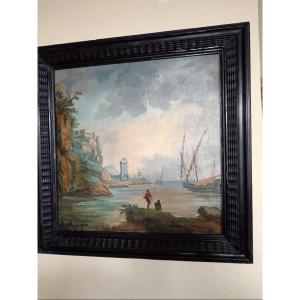
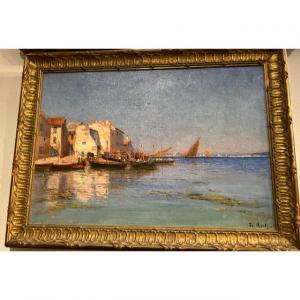
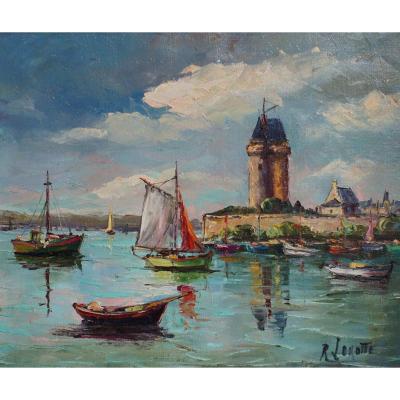



 Le Magazine de PROANTIC
Le Magazine de PROANTIC TRÉSORS Magazine
TRÉSORS Magazine Rivista Artiquariato
Rivista Artiquariato